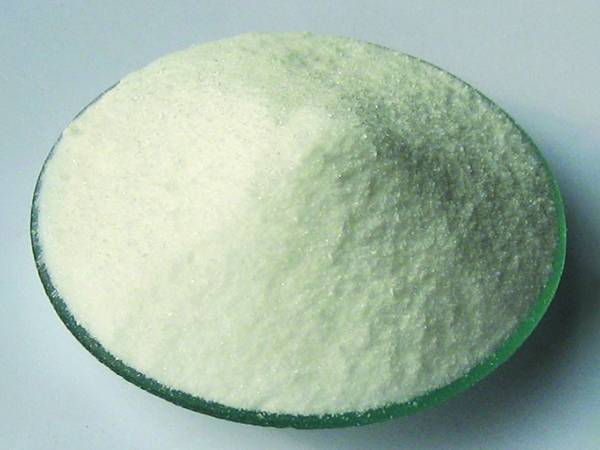



how to separate calcium from ammonium nitrate
Separating Calcium from Ammonium Nitrate
Separating calcium from ammonium nitrate is a process that can be useful in various scientific and industrial applications. Ammonium nitrate (\(NH_4NO_3\)) is widely used as a fertilizer and in explosive formulations, while calcium plays key roles in biological systems and numerous chemical processes. The separation can be accomplished through various methods ranging from chemical precipitation to crystallization and filtration. In this article, we will explore a general approach to achieve this separation.
Understanding the Components
Before discussing the methods of separation, it's important to understand the composition of ammonium nitrate and the role of calcium. Ammonium nitrate dissociates in solution to form ammonium ions (\(NH_4^+\)) and nitrate ions (\(NO_3^-\)). Calcium, when introduced to this system, typically exists as calcium ions (\(Ca^{2+}\)), which can potentially interact with other ions in the solution.
Precipitation Method
One of the most straightforward methods to separate calcium ions from ammonium nitrate is through a precipitation reaction. This method involves adding a suitable reagent that reacts with calcium ions to form an insoluble compound, which can then be filtered out from the solution.
1. Choosing the Precipitating Agent Common reagents for precipitating calcium include sodium carbonate (\(Na_2CO_3\)) or sodium sulfate (\(Na_2SO_4\)). When added to the solution containing calcium ions, these reagents react to form insoluble calcium carbonate (\(CaCO_3\)) or calcium sulfate (\(CaSO_4\)). For example \[ Ca^{2+} + CO_3^{2-} \rightarrow CaCO_3 (s) \]
2. Conducting the Reaction Begin by dissolving ammonium nitrate in distilled water to create a solution, and then slowly add the chosen precipitating agent while stirring continuously. Monitoring the pH can be helpful, as it influences the solubility of the resulting precipitate.
3. Isolation of the Precipitate Once the precipitate forms, allow it to settle or use vacuum filtration to separate the solid from the liquid. The solid can then be washed with distilled water to remove any residual ammonium nitrate, ensuring purity.
4. Drying the Precipitate The collected precipitate (calcium carbonate or calcium sulfate) can be dried in an oven at low temperatures to remove any moisture before being characterized or utilized in further applications.
how to separate calcium from ammonium nitrate

Crystallization Method
Another efficient method involves the concept of crystallization, where one component is dissolved preferentially over others based on solubility differences
.1. Creating a Supersaturated Solution Dissolve ammonium nitrate and calcium salt (if using a mixture) in water to prepare a supersaturated solution. Heating the solution can improve solubility and facilitate the crystallization process.
2. Cooling the Solution Slowly cool the solution to promote crystallization of ammonium nitrate while calcium salts remain in solution. Controlled cooling can enhance the size and quality of the crystals formed.
3. Separation of Crystals Once crystals of ammonium nitrate are formed, they can be collected through filtration and dried. The liquid portion will contain the calcium ions in solution.
Alternatives and Considerations
While precipitation and crystallization are effective methods for separating calcium from ammonium nitrate, it is important to consider the purity of the final products and the potential environmental impacts of waste disposal. Proper handling and disposal methods should be employed for any waste products, particularly if hazardous materials are involved.
Conclusion
Separating calcium from ammonium nitrate can be achieved through a variety of methods, primarily those involving precipitation and crystallization. By following the outlined steps, practitioners can effectively isolate calcium ions for further use or analysis. This process serves not only academic endeavors but also practical applications in agriculture, chemistry, and material sciences, showcasing the versatility and importance of calcium in various fields.
-
Why Sodium Persulfate Is Everywhere NowNewsJul.07,2025
-
Why Polyacrylamide Is in High DemandNewsJul.07,2025
-
Understanding Paint Chemicals and Their ApplicationsNewsJul.07,2025
-
Smart Use Of Mining ChemicalsNewsJul.07,2025
-
Practical Uses of Potassium MonopersulfateNewsJul.07,2025
-
Agrochemicals In Real FarmingNewsJul.07,2025
-
Sodium Chlorite Hot UsesNewsJul.01,2025










